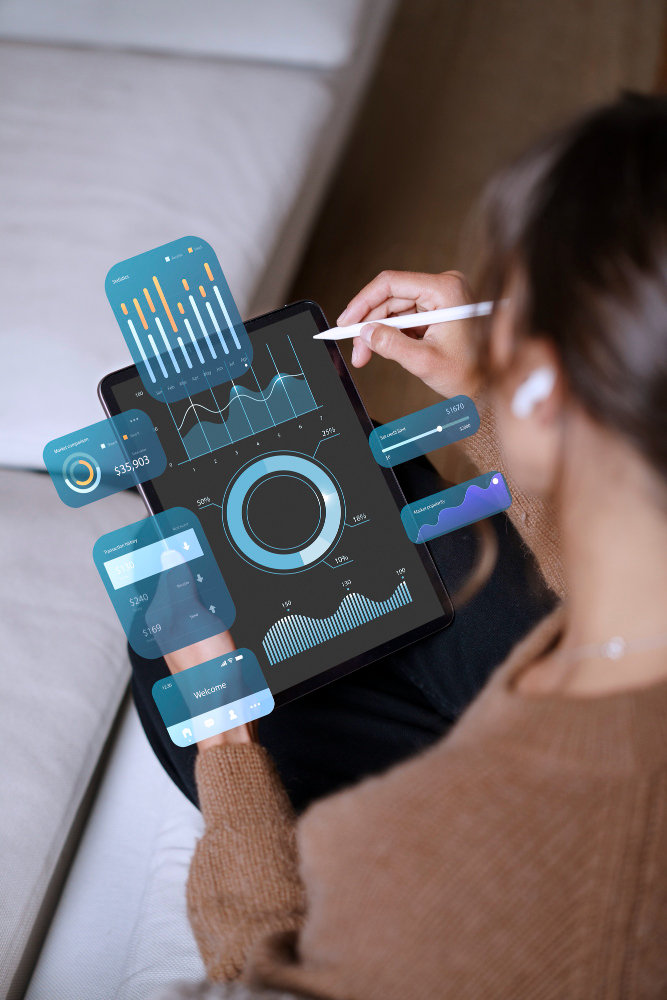In today’s fast-paced retail environment, businesses are constantly seeking ways to enhance customer experience, streamline operations, and boost profitability. One tool that has rapidly gained popularity is video analytics. This technology integrates advanced video surveillance systems with data-driven insights, enabling retailers to not only monitor their stores but also derive meaningful, actionable intelligence. By maximizing the use of video analytics in retail industry, businesses can achieve a range of benefits—from reducing operational costs to improving the overall customer shopping experience.
Understanding Video Analytics in Retail
Video analytics refers to the use of artificial intelligence (AI) and machine learning (ML) algorithms to process and analyze video footage in real time. Unlike traditional surveillance systems that simply record footage for future review, video analytics tools can detect patterns, behaviors, and trends as they happen. This technology is designed to capture more than just the visual elements of the video—it can recognize faces, track movement, count people, analyze dwell times, identify unusual activities, and much more.
In retail, video analytics assesses customer behavior, monitors store traffic, ensures security, and streamlines operational efficiencies. It transforms how retailers approach data, offering valuable insights that extend beyond security to inventory management, staff performance, and marketing strategies.
Enhancing Customer Experience Through Video Analytics
The customer experience is at the heart of retail success, and video analytics plays a pivotal role in shaping how customers perceive and interact with stores. By analyzing foot traffic, retailers can determine the busiest times of day, the most popular aisles, and areas that attract more engagement. With this data, retailers can make informed decisions on store layout, promotional displays, and staffing levels.
For instance, if video analytics reveal that a specific section of the store often gets crowded but lacks organization, store managers can reorganize the products in that section or add more signage to guide customers more efficiently. This improvement not only enhances the shopping experience but also boosts sales potential by directing foot traffic toward high-margin products or special offers.
Additionally, video analytics can track customer dwell times in specific areas of the store. If customers spend considerable time in front of a product, it may indicate interest, signaling the need for promotional material, better product displays, or even discounts to encourage a purchase. This ability to analyze real-time behaviors helps retailers make quick adjustments to improve customer engagement and conversion rates.
Optimizing Store Operations
In a competitive retail environment, streamlining store operations is critical to profitability. Video analytics is an essential tool for optimizing various aspects of store management, from inventory control to workforce efficiency.
One of the key advantages of video analytics is its ability to provide real-time data on store performance. For example, by monitoring cash register lines and customer traffic, retailers can adjust staffing levels accordingly, ensuring that they have enough employees to handle peak periods without overstaffing during quieter times. This flexibility allows businesses to maximize labor efficiency while minimizing operational costs.
Moreover, inventory management is another area where video analytics can make a significant impact. Retailers often face the challenge of stockouts and misplaced items. By using video analytics, they can track products from the shelf to the checkout counter, ensuring that items are not misplaced and are being appropriately restocked. The system can even track the movement of products within the store, helping to prevent theft or shrinkage by alerting managers to suspicious behavior.
Boosting Loss Prevention and Security
Loss prevention remains a significant concern in the retail industry, with shrinkage—whether from theft, employee misconduct, or supplier errors—resulting in billions of dollars in lost revenue each year. Video analytics has proven to be a valuable tool in minimizing losses by providing a level of surveillance beyond traditional CCTV systems.
One of the primary advantages of video analytics in security is its ability to identify suspicious activities in real time. For instance, the system can alert store managers to a person loitering in an aisle for an extended period, or a customer attempting to conceal an item. This proactive approach to security not only deters potential criminals but also provides store managers with the necessary information to address issues before they escalate.
Additionally, video analytics can track employee behavior, ensuring that staff members adhere to company policies and prevent internal theft. By monitoring areas such as stockrooms and checkout counters, retailers can maintain a high level of security while safeguarding their assets.
Conclusion
Video analytics in retail industry is transforming how businesses operate, helping them enhance customer experience, optimize store operations, and boost profitability. By integrating video analytics into their daily operations, retailers can gain deeper insights into customer behavior, improve security, reduce losses, and create more effective marketing strategies. As technology continues to evolve, video analytics will become an even more powerful tool, enabling retailers to stay competitive in an increasingly data-driven world.



















